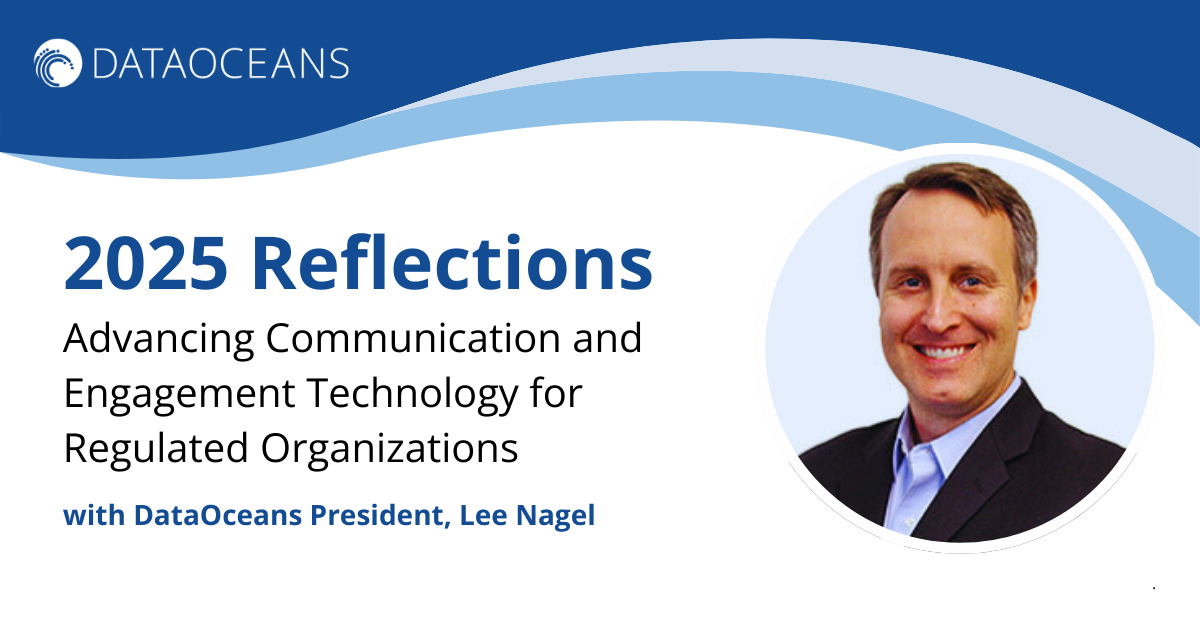Even the most forward-looking health insurers face real challenges when legacy systems, fragmented data, and operational silos stand in the way of progress. Nowhere is this more visible than in billing - where members are often left navigating multiple statements, payment channels, and due dates, all from the same organization.
This isn’t simply a communication problem. It’s a data problem. And the first step toward resolving it is creating a unified, structured foundation.
Unifying Data at the Core
DataOceans works with health insurers to address this complexity at the source. Our platform is built on a Data Normalization Architecture (DNA) - a framework that ingests, organizes, and connects data from across the enterprise. Whether data lives in decades-old billing systems, newer portals, or recently acquired platforms, DNA brings it together into a cohesive and usable form.
This structured data layer serves as the foundation for high-value solutions, including - but not limited to - billing, communications, service, and analytics. It enables organizations to move faster, communicate more clearly, and engage members with greater consistency.
Billing Consolidation as a Strategic Outcome
One of the most immediate applications of a unified data foundation is consolidated billing. For organizations that support members with multiple policies - such as medical, dental, vision, or supplemental coverage - this allows for a simpler, more member-friendly experience.
With consolidated billing:
Crucially, this is done without replatforming. DataOceans integrates with existing systems, applying configurable business logic to unify outputs while leaving internal processes intact.
Addressing Identity Fragmentation
In some organizations, the underlying challenge extends beyond billing: members may have multiple identifiers across systems, creating confusion and complicating both operations and engagement. For these cases, DataOceans supports the creation of a Master Member Number - a unique identifier that ties all relevant policies to a single individual.
This unified identity supports not only billing improvements, but also a clearer service experience, better reporting, and consistent cross-channel communications. Not every organization requires this level of identity resolution, but for those that do, it becomes a foundational asset.
Flexible Implementation, Real-World Results
DataOceans works with clients in complex environments, many of which manage hundreds of systems, thousands of templates, and millions of member records. Our implementation process is designed to be adaptive, phased, and low impact.
A typical rollout includes:
- Current-state assessment and goal alignment
- Configuration of data transformation logic and output design
- Testing, validation, and stakeholder review
- Controlled deployment and performance tracking
- Ongoing support and scale-up as needed
Because our platform operates independently of source systems, we avoid the disruption associated with core replacements - enabling faster time to value with reduced risk.
Beyond Billing: Preparing for the Future
Once your data is normalized, the opportunity set expands. Organizations can move beyond billing improvements to address other high-priority goals:
- Personalized and compliant member communications (including EOB's)
- Self-service billing and payment portals
- Scalable support during product expansions or mergers
Whether the immediate need is to reduce operational cost, improve service transparency, or modernize digital engagement, the common prerequisite is the same: accurate, unified data.
Ready to turn complex data into strategic advantage?
Speak with our team to explore how DataOceans can help your organization simplify billing, unify member identity, and lay the foundation for future transformation.




.png)
.png)